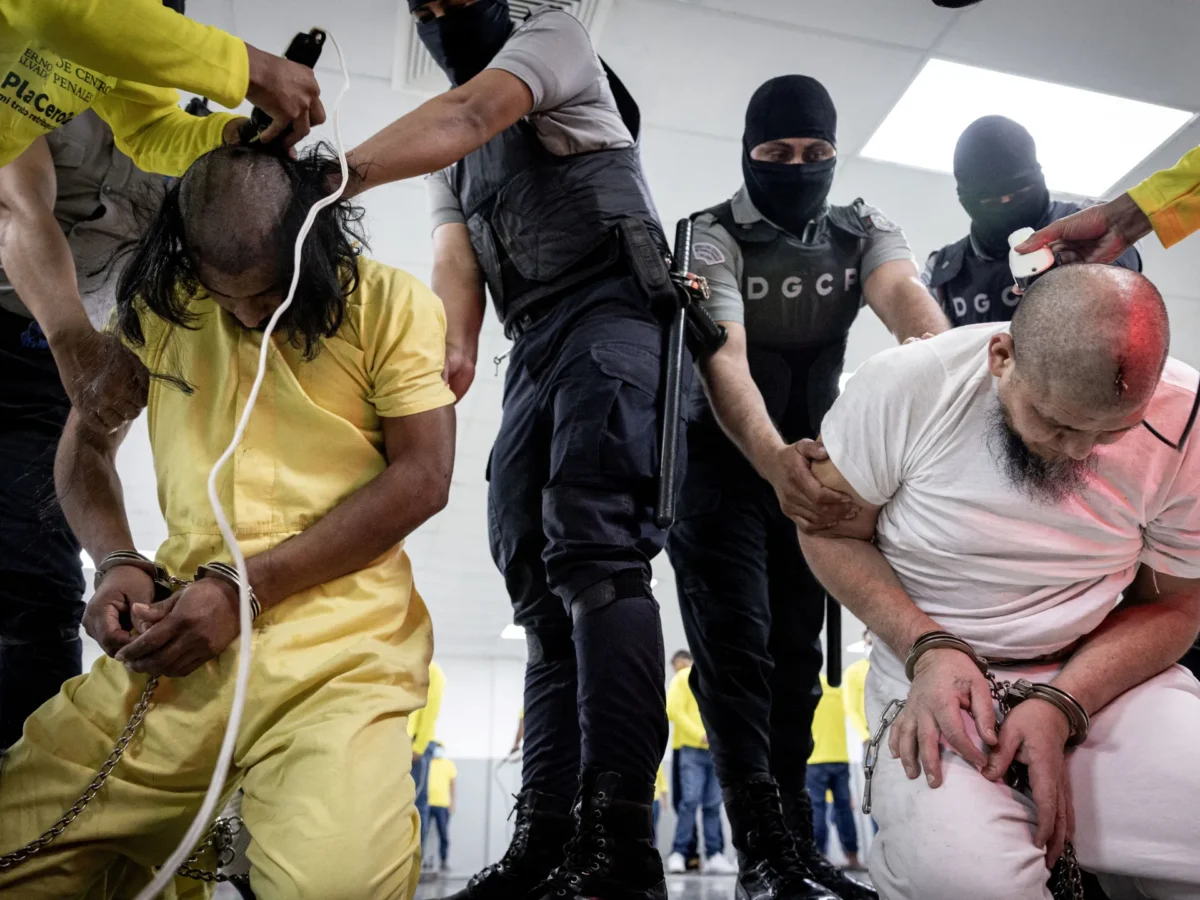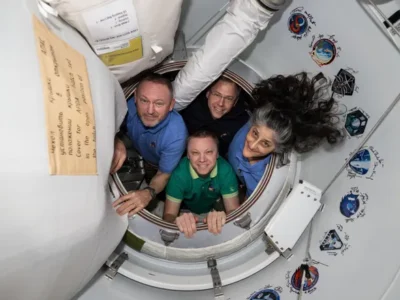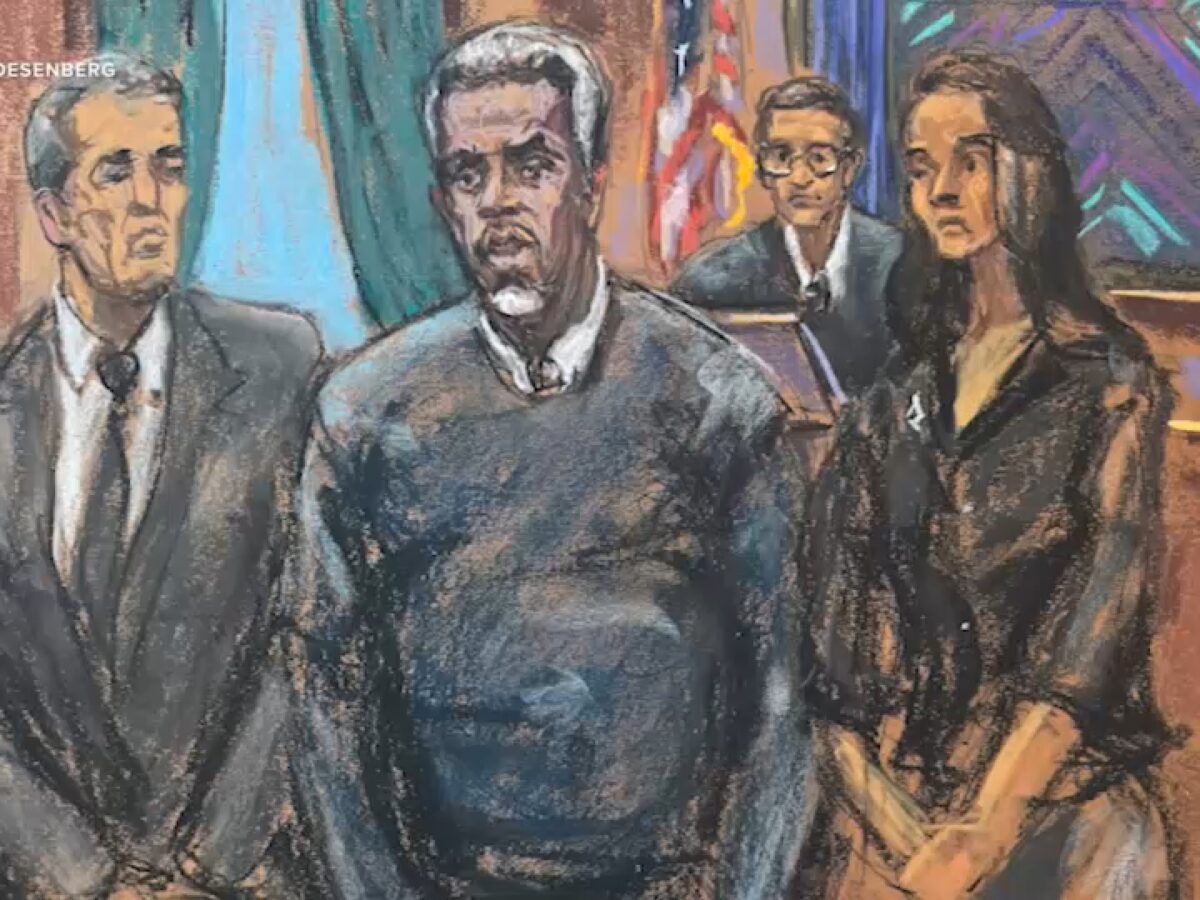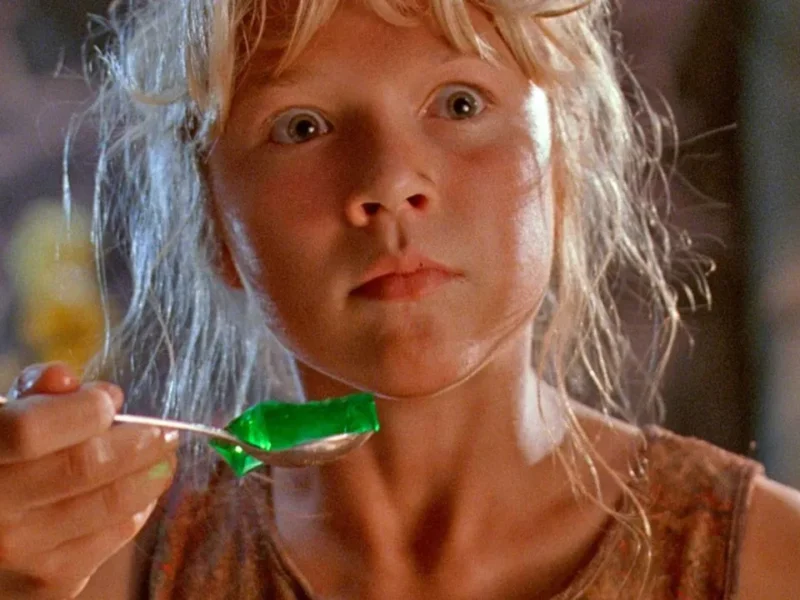The United States is facing its largest measles outbreak in years, and the numbers are climbing fast. With more than 480 confirmed cases across 19 states, the virus is staging an unwelcome comeback. The last time the country saw an outbreak of this scale was in 2019, when infections exceeded 1200. Once thought to be under control, measles has returned, and this time, it’s fueled by something more dangerous than a virus: mistrust in vaccines.
On March 26, Ohio became the fifth state to declare a measles outbreak this year, joining Texas, Oklahoma, New Mexico, and Kansas. The epicenter of the crisis, however, remains Texas—where hundreds of cases have been reported since January. And while most states are dealing with isolated incidents, the pattern is clear: declining vaccination rates are opening the door to an old enemy.
Where it started—and where it’s spreading
The first alarms were sounded in Texas, where unvaccinated travelers brought the virus back to Houston. By late January, two adults were confirmed positive, followed by two children in Gaines County a week later. Although these incidents appeared unrelated, they marked the beginning of a rapid spread.
By late March, Texas alone had recorded 400 measles cases. Gaines County, which has notoriously low vaccination rates among kindergarteners, has become a hotspot. According to New Scientist, the county’s real vaccination rate might be even lower due to a lack of data on home-schooled children.
From there, the outbreak crossed state lines. New Mexico confirmed its first case in mid-February. Oklahoma followed suit in early March. By March 13, Kansas also joined the list, with health officials linking its outbreak to those in neighboring states. The only exception is Ohio, where the outbreak has a different origin: an unvaccinated man who had contact with an international traveler.
Who’s most at risk?
The Centers for Disease Control and Prevention (CDC) reports that 97% of current measles cases are in people who are either unvaccinated or have unknown vaccination status. Only 2% involve individuals who received the recommended two doses of the MMR vaccine, which is 97% effective at preventing the virus.
Children and teenagers are being hit hardest. About 75% of all cases are in people under 20. Worse, the complications are severe: 1 in 20 children with measles develops pneumonia, and 1 in 1000 suffers brain swelling, which can lead to hearing loss, intellectual disability, or death.
This year, the US saw its first measles-related death in a decade—an unvaccinated child in Texas. A second possible death is under investigation in New Mexico, underscoring how critical vaccination is in preventing tragic outcomes.
A crisis of confidence and a warning for the future
The US declared measles eliminated in 2000, but outbreaks like this show how herd immunity is slipping. In 2020, over 95% of US kindergarteners were vaccinated. That number has since dropped to under 93%, leaving nearly 280,000 children unprotected.
Despite the urgency, health messaging remains muddled. In a press release, Bruce Vanderhoff of the Ohio Department of Health emphasized, “This disease can be very serious, but it is preventable. I strongly encourage you to protect yourselves and your children by getting vaccinated.”
Yet Health Secretary Robert F. Kennedy Jr. offered a softer stance in a Fox News op-ed, writing, “The decision to vaccinate is a personal one.” While he acknowledged that vaccines contribute to community immunity, his reluctance to endorse them publicly may further erode public trust.
The CDC continues to monitor suspected cases and urges local health departments to ramp up vaccination efforts. But in a country where public health has become political, that may not be enough. This outbreak isn’t just about measles—it’s a warning about what happens when science is overshadowed by skepticism.






















